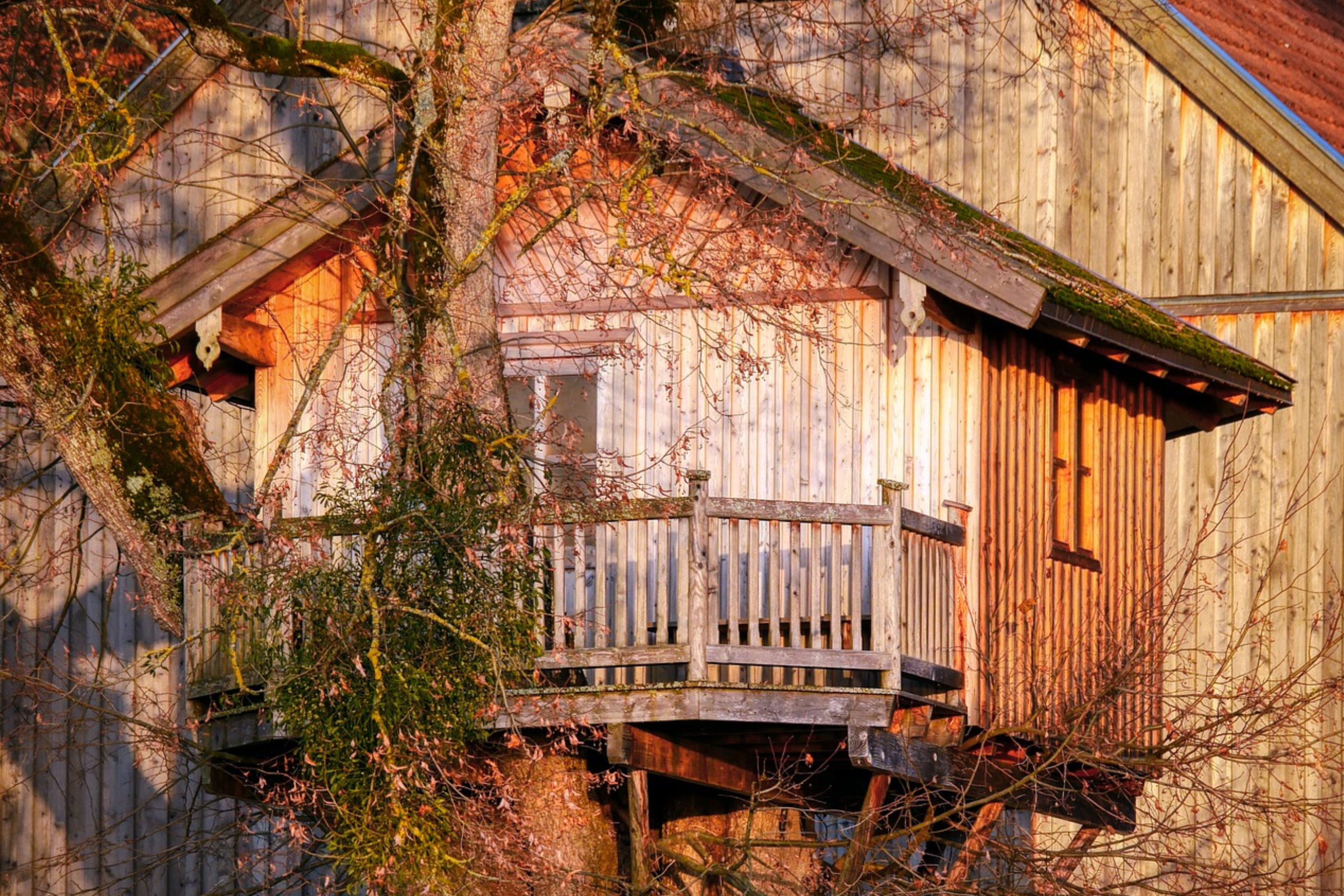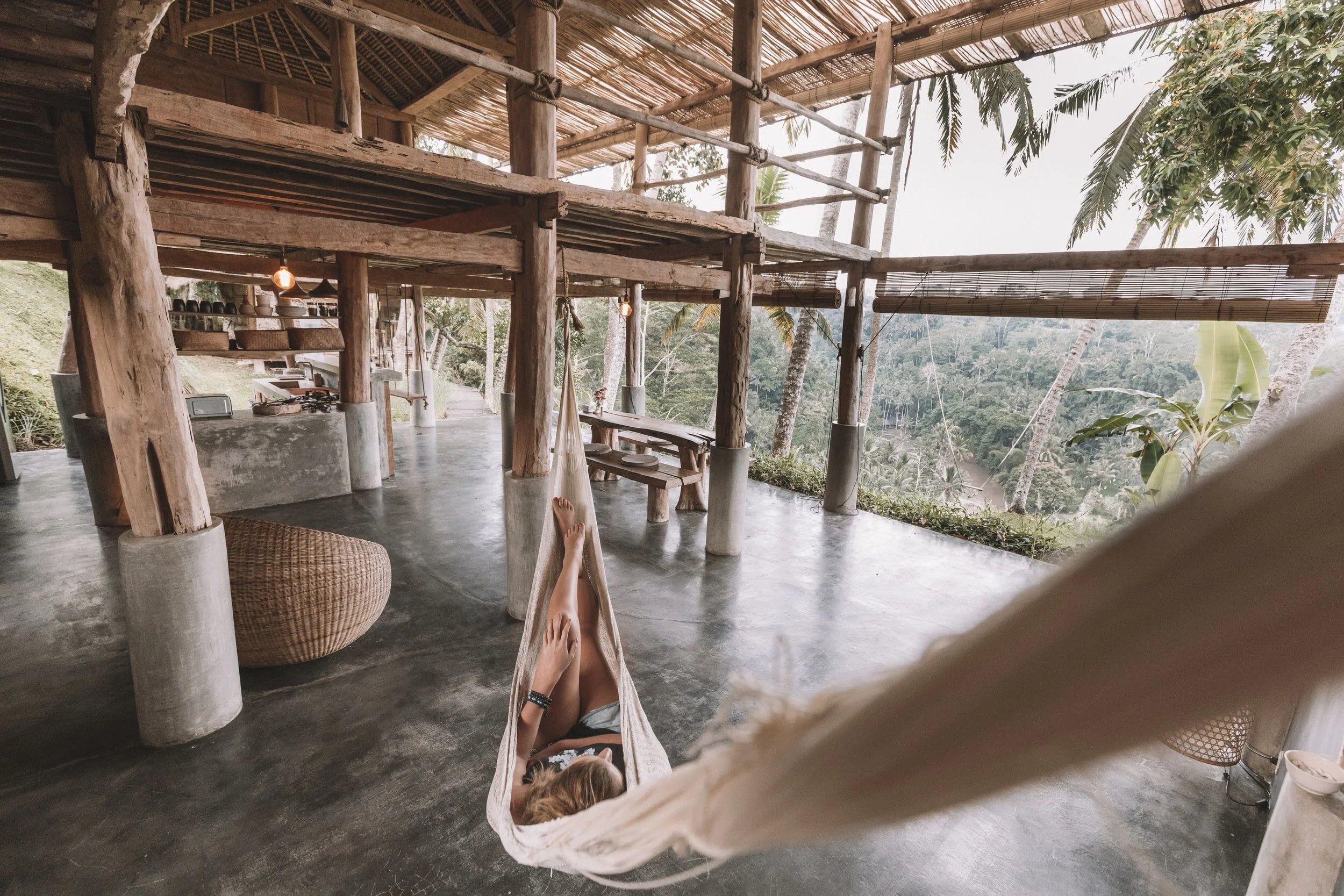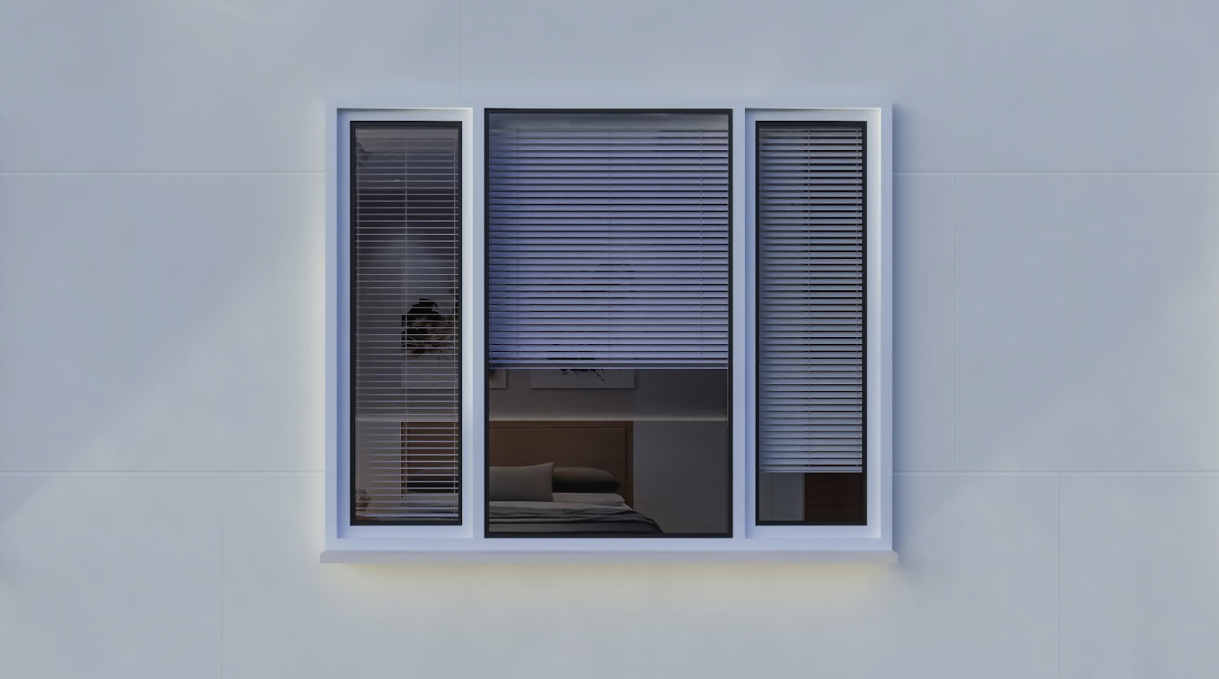The Ultimate Treehouse Planning Guide
When people think about the quintessential backyard treehouse, images of rickety old boards, a swinging ladder, and a leaky roof come to mind. But it doesn’t have to be this way! To ensure that your arboreal structure is safe for your kids’ club meetings and in-person group chats, you’ll want to build a treehouse that’s safe and secure. Moreover, why build a structure just for the kids? Who doesn’t dream of relaxing in a tree-perched hut with great views and breezy ambiance? With a thorough plan, durable materials, and the right location, you can create a dynamic outdoor space that may even enhance the value of your home. Here, we’ll outline some tips to help you plan the treehouse of your dreams.
Treehouse
What Are the Benefits of Building a Treehouse?
A well-built treehouse can provide you or your children with an outdoor space that can be enjoyed for all sorts of purposes, from a fun spot to hang out with friends to a quiet nook for reading. Depending on how elaborate your plan is you might even build in storage space for outdoor toys and equipment or include insulation so that you can enjoy the space in cooler weather. And, yes, in some cases, a treehouse can boost home value, provided that it is in good condition and is well constructed.
Of course, the main benefit is all the enjoyment that these structures exude. They provide a convenient space for escaping into nature away from the hustle and bustle of the household. Free from electricity and other modern amenities, they offer a glimpse of a more simplified life, which is why even adults find these spaces to be so delightful.
Treehouse
What to Keep in Mind When Building a Treehouse
Before constructing your treehouse, you should create a careful plan using the tips we’ll provide in this guide. However, before you craft your plan, take time to research some different treehouse designs so that you can gather some ideas and adapt them to your design. Many design and construction firms actually specialize in treehouse building, so if you don’t want to swing a hammer yourself, you can hire a team to create your custom treehouse. You may also opt for kits as they make the building/planning process even easier.
Treehouse
What Tools Do You Need to Construct a Treehouse?
If you choose to go the DIY route, you’ll need the right tools for the job. For the most basic constructions, you’ll need these tools at the minimum:
Hammer
Tape measure
Saw
Level
Adjustable wrench
Cordless drill
Jigsaw
To create a structure with a more polished and professional look, you should include valuable tools such as:
Table saw
Miter saw
Router
Sander
You’ll also need items such as a ladder, nails, wood screws, deck screws, joist hangers, lag bolts, and washers. To create a platform off of your treehouse (great for birdwatching) or achieve a more open design (think gazebo), you may also need a deck railing system.
Treehouse
What Are the Requirements for Building a Treehouse?
Before constructing your treehouse, be sure to check with your town hall or municipality to find out about the rules governing treehouse construction and if you require a permit. Some homeowner’s associations prohibit the construction of treehouses (because they are opposed to joy), so be sure to find out if your HOA is on board with these types of backyard features before you invest in its materials and tools.
Treehouse
Location Considerations: Where to Construct Your Treehouse
Your treehouse’s location is integral to your construction plan. First, evaluate the trees in your backyard. You should choose a hardwood tree, if possible, that has load-bearing branches. It should be healthy and long-living. Experts suggest choosing a tree with at least an eight-inch diameter. Some of the supports for treehouses include species like maple, beech, and oak. If you have a grouping of trees, you may even want your design to include two or more to provide additional support for your treehouse platform.
Treehouse
How to Choose the Ideal Treehouse Construction Materials
The most humble treehouses involve lots of scrap material in their construction, but you may want to choose higher-grade materials if you want your treehouse to last. Well-constructed treehouses that feature treated wood (for pest and moisture resistance) should last anywhere from 10 to 15 years - or even longer if you include other, more durable materials in your plan. However, you can still use reclaimed materials in your design. You may simply need to seal or modify them to serve your purpose.
Keep in mind that when choosing wood, weight is an important consideration. Of course, sturdy wood is essential but some hardwoods like cherry, for instance, can add considerable weight to the design, and that can add undue stress to the tree. Ideal woods (but these will be pricey) are eastern cedar, western cedar, and cypress because these trees boast rot-resistant properties. However, many treehouse builders opt for exterior plywood and find that it works quite well. An essential list of treehouse construction materials includes:
Exterior plywood
Pressure-treated wood
Decking material
Shingles (or roofing tar paper)
Hardware (mentioned above with tools)
Of course, you may need other materials depending on your specific design. You should be able to find all of these materials at your local home improvement center.
Treehouse
Recommendations for Safe Treehouse Construction
Having some basic construction experience is undoubtedly helpful when it comes to building a treehouse. If you don’t, there’s no harm in hiring a professional contractor to help you create your basic structure to ensure safety and security. Construction will, of course, depend on your specific treehouse plan. Here is a link to some helpful construction basics that may apply to your design. Using a professional treehouse guide may help you craft your basic construction. You can always modify the design while keeping to its basic safety premise.
How Do You Want to Use Your Treehouse?
The intended uses of your treehouse can impact its design. Consequently, when crafting your treehouse plan, you’ll want to carefully consider what you’re going to use this outdoor space for. We’ve gathered a few ideas to inspire you!
Kids Playroom
A treehouse is a classic kids’ playroom. Be sure to carefully consider the height of your treehouse, along with other features like railings and entrance/exit methods. You might opt for rolling stairs instead of a ladder, for instance, if your children are still young or if you intend to use the space.
Entertainment Area
Consider creating an expansive treehouse so that your family can meet there to play video games or watch movies with their devices. A treehouse makes a great reading spot too. You can add support beams to hoist a comfortable hammock. You can also hang battery-powered or solar lighting features so that you have plenty of light on dreary days or during the evenings.
Office Space
If you work remotely, why not create a treehouse office? Sunshine and fresh air can enhance your productivity. You can create your space to include a desk or other work surfaces conducive to the type of work you do. You can also incorporate storage features like bench seating to add more functionality to the space.
Guest Room
Some treehouse builders create truly elaborate tree houses that operate more like guest quarters for visiting family and friends. You can create a pest-free environment complete with window screens and lighting when constructing your treehouse guest room. Be sure you have plenty of space to accommodate roll-away or inflatable beds if you intend to use the area for multiple purposes.
Family Room
You can create a treehouse that is ideal for family game nights. You can build in storage to accommodate your family’s board game collection. If you aren’t concerned about messes or spills, transform your treehouse into the family art center. It’s the perfect place to paint, draw, or sew. You can also create a family room picnic area so that you can enjoy outdoor dining during the warm season.
Relation and Self-Care Room
Some people construct a treehouse as their personal get-away space, where they can meditate or practice yoga. You can use the space like a spa room where you can enjoy skin treatments, beautify treatments, or other spa-like amenities. A sturdy treehouse can also be a great exercise area.
Birdwatching
If you or someone in your household is an avid birdwatcher or animal lover, a treehouse makes an excellent perch for watching the local wildlife. You can include comfortable seating in your treehouse as well as a place to stow items like a telescope or binoculars. Add a shelf or two for books about animal identification.
Treehouse
Decorating Fun
Once you decide on the uses for your treehouse, you can also plan for some fun decorative accents. Plants will feel right at home in your treehouse, providing they have the sunlight and water they need to thrive. You can add paint, patio furnishings, or other decorative features to add a comfortable nuance to your treehouse.
Use your imagination to create a treehouse that can enhance life around your home. Whether you intend to use the space to strum your guitar, chill out with a book and the dog, or encourage outdoor fun for your kids, you can build a structure that is uniquely tailored to your purpose. The more elaborate and better constructed your treehouse, the more likely it will add to your home’s value. Refer to these tips as you create your treehouse plan and contemplate its unique design.


















